From redefining superheroes in the Silver Age to setting all-time box-office records, Marvel Comics has cemented itself as a cornerstone of popular culture. This is in no small part thanks to the contributions of Stan Lee, Jack Kirby, Steve Ditko and countless others. In a time when superheroes were virtually indistinguishable outside of costume, these creators imbued humanity and verisimilitude into their creations.
Another testament to Marvel’s enduring popularity is the way their characters have evolved over time. Some heroes were initially missing the ingredients that would make them stars; others were well-established heroes that benefited from another perspective. In both cases, the creators that re-defined these heroes proved themselves vital to Marvel’s legacy.
Table of Contents
10.DnA Laid the Groundwork for the Guardians of the Galaxy’s Future Stardom
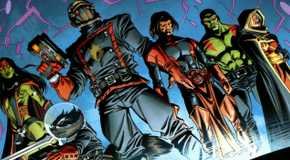
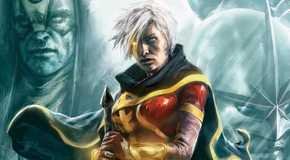
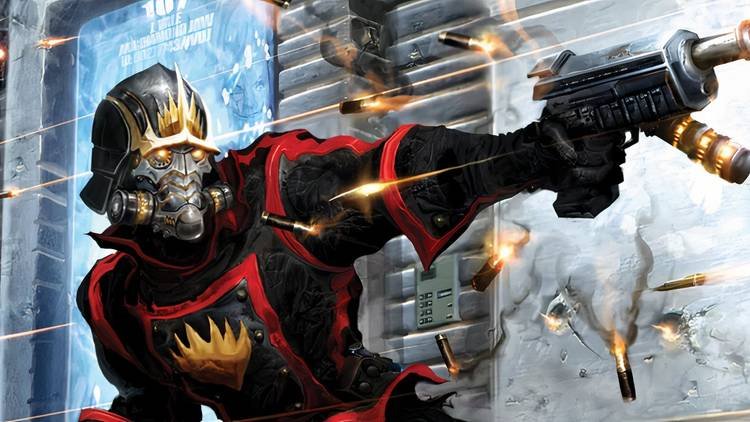
While the original iteration of the Guardians of the Galaxy was appreciated by die-hard fans, the 31st Century freedom fighters were hardly iconic. Despite acclaimed stories by the likes of Steve Gerber and Jim Valentino, the team were largely confined to their own corner of the Marvel Universe, making them feel less important.
Fortunately, Dan Abnett and Andy Lanning (known collectively as DnA) laid the groundwork for a re-tooled version of the team in the crossover events “Annihilation” and “Annihilation: Conquest.” In the wake of these events, a new Guardians of the Galaxy title was published for the first time in years. Rather than using A-listers, DnA boldly chose to highlight lesser-known characters like Rocket Raccoon and Star-Lord. In doing so, they perfected the team’s line-up and signature dysfunctionality, setting the stage for their MCU debut six years later.
9.Doug Moench and Bill Sienkewicz Elevated Moon Knight With Their Chemistry
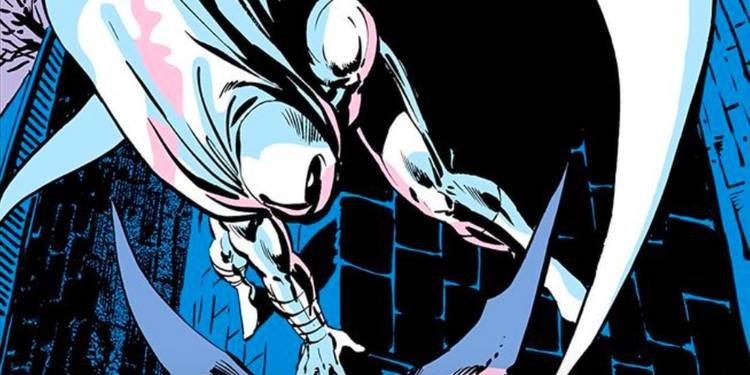
When Doug Moench co-created Moon Knight in the pages of Werewolf by Night, Marvel editorial knew they had something special. The character would soon feature in various solo spots, guest appearances, and back-ups over the next few years. One such back-up story in Hulk! Magazine would pair Moench with his definitive collaborator on Moon Knight: artist Bill Sienkewicz. Sienkewicz would use his time on Moon Knight to begin developing his signature avant-garde style, defining the gritty look and tone of the character while doing so.
Soon, the duo were assigned to Moon Knight’s first ongoing series. In addition to creating his definitive origin, they created a robust rogues’ gallery for Moon Knight with characters like The Midnight Man, Black Spectre, and nemesis Raoul Bushman. Perhaps most notably were the pairs’ exploration of Marc Spector’s mental health, setting the stage for future creators to flesh out the nuances of the character even further.
8.Steve Englehart Brought Captain America into the Post-Vietnam World
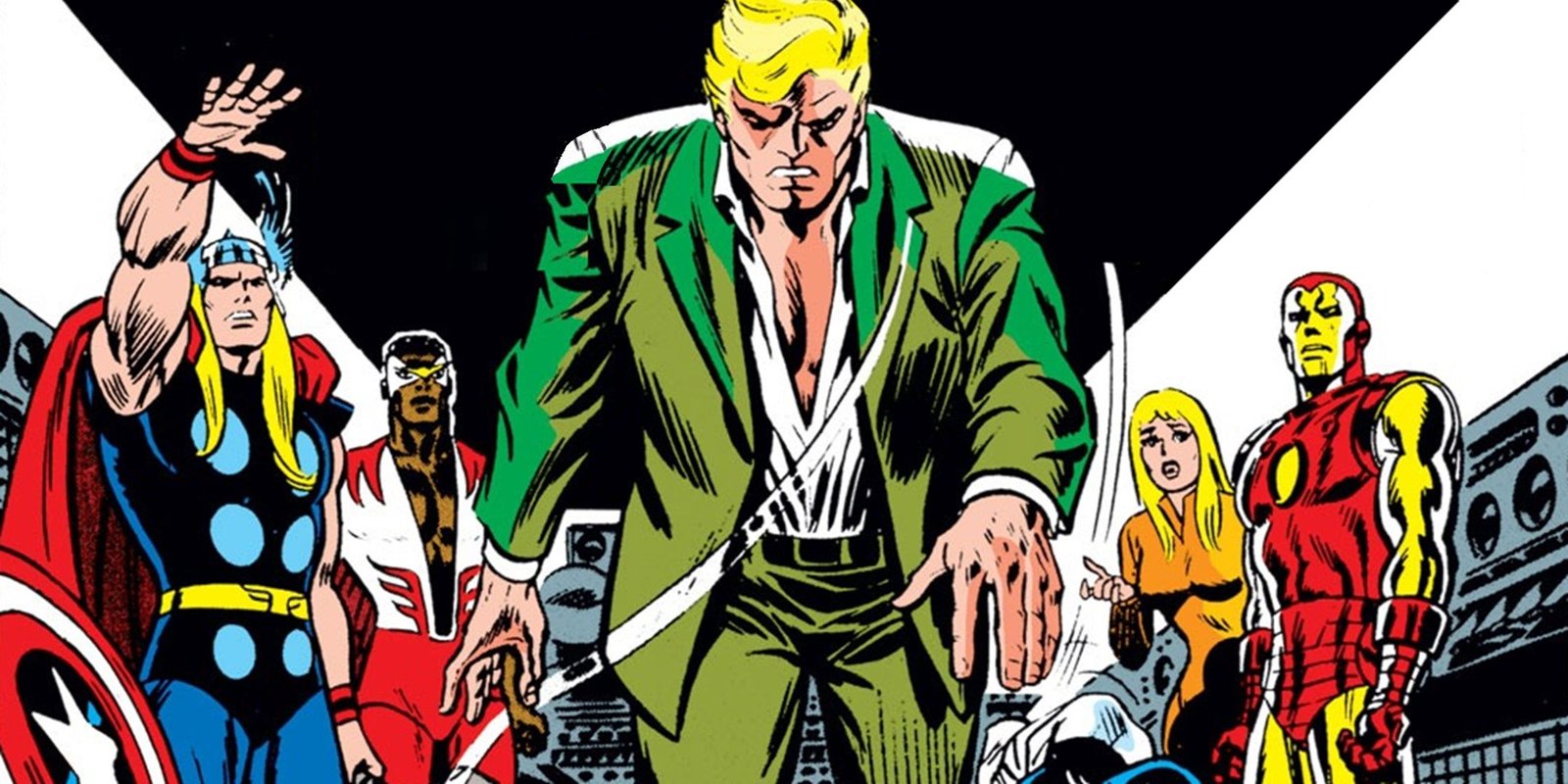
Captain America was in a strange spot before Steve Englehart. The title had mostly been shuffled from writer to writer for years, and consequently lacked identity. The United States’ then-recent involvement in the Vietnam War did not help matters, as readers and creators alike were unsure of how to feel about the star-spangled hero.
Steve Englehart proved that while Captain America would always be loyal to American ideals, the hero would not abide the injustices in his country. Englehart cleverly retconned the jingoistic Captain America of the 50s as having been a government-sanctioned impostor. Falcon was also elevated in this run, opening Cap’s eyes to racism and other social injustices. But Englehart’s magnum opus came in the original “Secret Empire” storyline: a scathing commentary on the Watergate scandal that ultimately led to Steve Rogers resigning as Captain America.
7.Christopher Priest Elevated Black Panther to the A-List
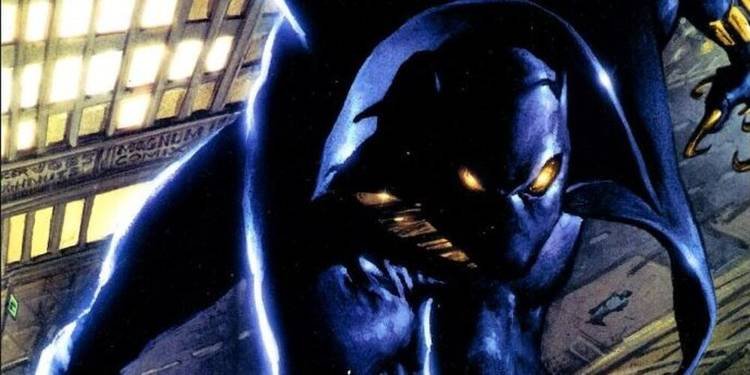
While his significance as Marvel’s first Black superhero cannot be understated, Black Panther hardly lit up the sales charts with his solo outings. This would change with the arrival of Marvel Knights, an out-of-continuity imprint fronted by Joe Quesada and Jimmy Palmiotti designed to give B-list characters a shot in the arm. Veteran writer Christopher Priest was assigned Black Panther, making history as the first Black writer to write the character full-time.
During his time on the title, Priest would place greater emphasis on T’Challa’s status as a monarch, with superheroics being of secondary focus. There is notably a large amount of humor in this run, which helped to set it apart from other titles on the stands. The title was so popular it would soon move into Marvel’s main publishing line, catapulting the Wakandan king to a status befitting his royal station.
6.Iron Man: Extremis Gave Tony Stark an Upgrade
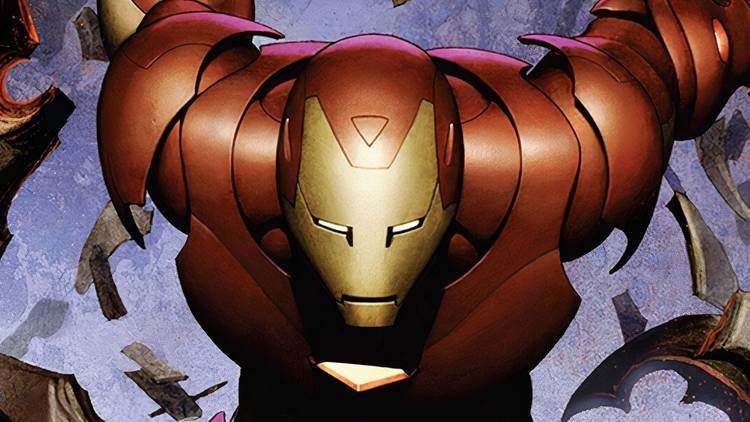
Prior to “Extremis”, Iron Man had several quality runs to his name. Still, fan-perception had cemented him as a B-Player. With modern society having largely evolved past the original conceit of the character, Iron Man needed a push forward. This was the core ambition behind the development of “Iron Man: Extremis”.
Written by Warren Ellis with art by Adi Granov, “Extremis” starts by updating Tony Stark’s origin as having taken place in Afghanistan rather than Vietnam. Flashing forward, Tony becomes embroiled in a plot that forces him to evolve past his limitations, ultimately positioning him as Marvel’s architect of the future. This story was so well-received that Granov was hired as an art consultant on the first Iron Man film, with “Extremis” being adapted for the third installment.
5.Peter David Has the Longest Hulk Run in History
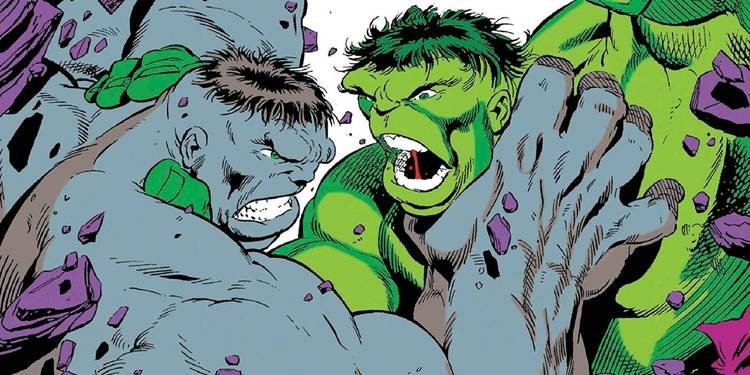
For the first several years of his existence, Hulk was outright tricky for creators to tackle. His status quo needed to be relatively static for there to be a story, meaning that character development was often relegated to supporting characters only. In the 1980s, a new generation of creators were inspired to push the medium further by tackling heavier themes. In Hulk’s case, this meant examining the true nature of his identity.
While there is some debate as to whose idea this was, it is undeniable that writer Peter David took this ball and ran with it. With a who’s who of artistic talent alongside him, Peter David put Bruce Banner through an internal (and in the case of Maestro, external) conflict with himself, leading to Banner and Hulk’s triumphant reconciliation.
4.Jim Steranko Evolved Nick Fury From Soldier to Super-Spy
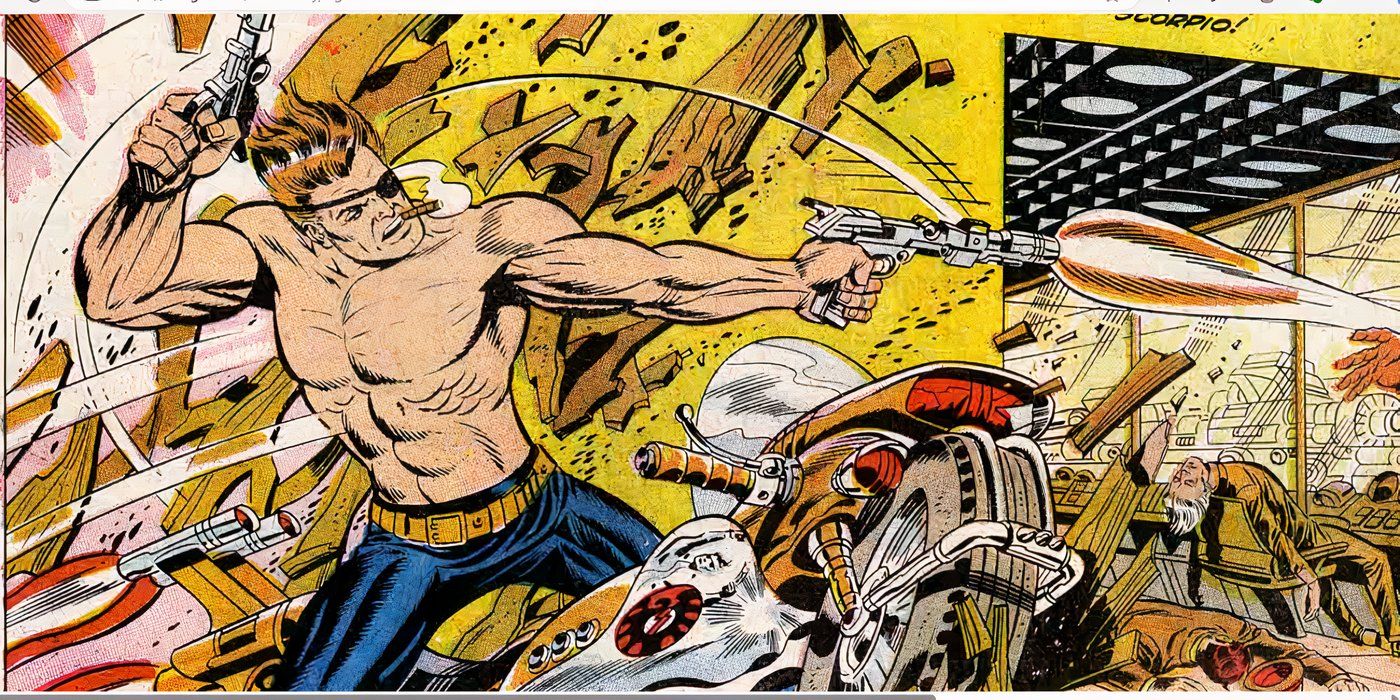
When Stan Lee and Jack Kirby created the SHIELD feature for Strange Tales, the team depicted Nick Fury in virtually the same manner that they did in the Howling Commandos title. The concepts were quintessential Lee and Kirby, with Lee’s overwrought dialogue and Kirby’s sci-fi concepts permeating the look and feel of the series. It’s certainly good work, but the addition of Jim Steranko was revolutionary.
Initially inking over Kirby’s layouts, Steranko eventually took over, first as an artist and eventually as a writer. Steranko’s innovations were uncontainable, pulling influences from outside the medium to produce work that had never been seen before and has seldom been seen since. Under Steranko, Fury’s gruff demeanor was balanced with a suave, calculating presence, and this dichotomy has persisted for the character.
3.Walt Simonson’s Thor is the Worthiest of Them All
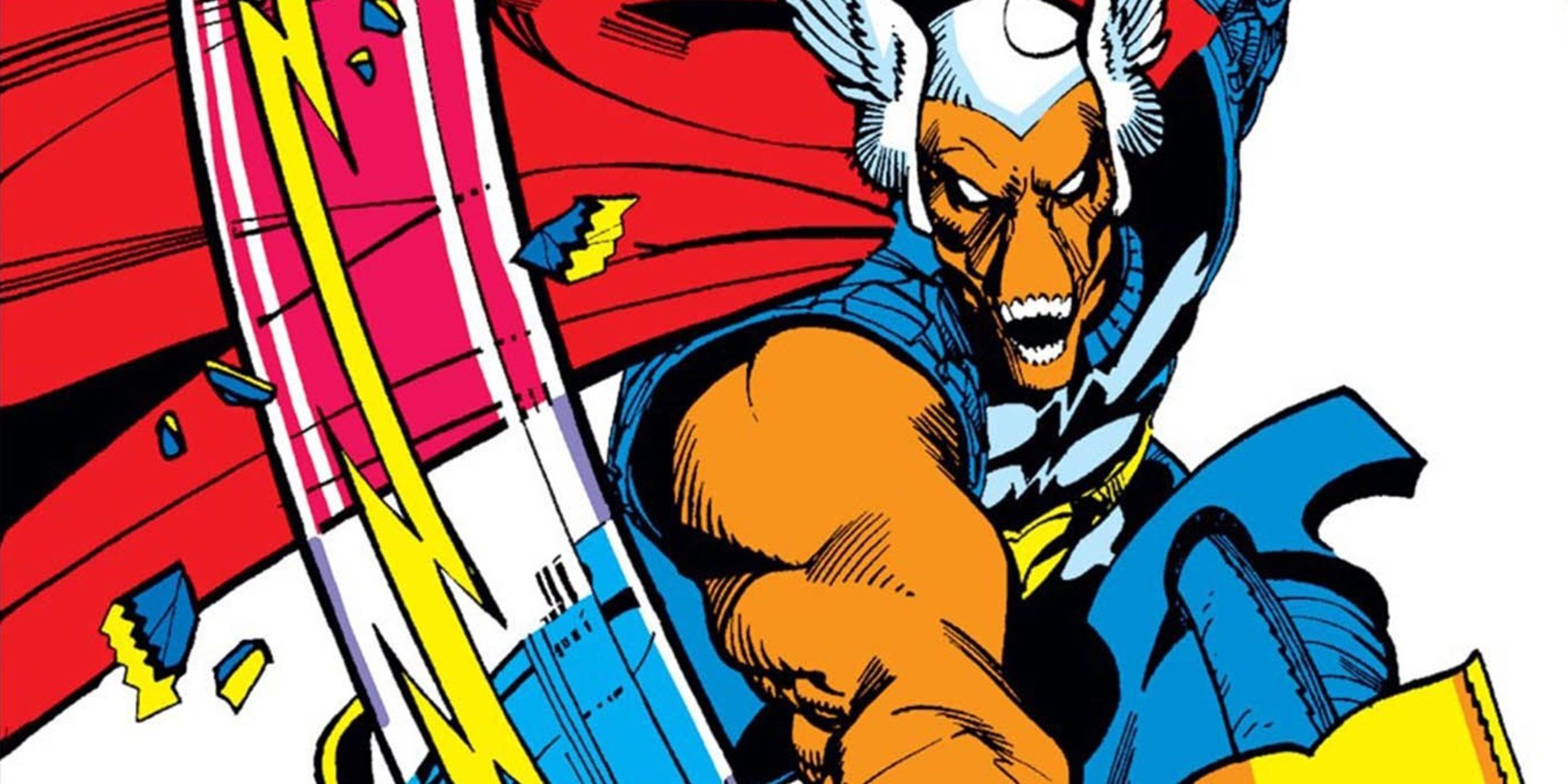
Comparison can often be a two-edged sword. While a creator may find it flattering to be compared to their heroes, this can also lead to their undoing. Such is not the case for Walt Simonson. Cited by many as the heir apparent to Jack Kirby, Simonson did not crack under pressure when his time came to work on Thor.
Instead, he delivered a sprawling, epic run that simultaneously played up the Norse elements while also highlighting the human aspects of Thor. From the introduction to Beta Ray Bill to the legendary bouts with Surtur, Malekith, and the Midgard Serpent, Simonson cemented that Thor’s power lies not in his hammer, but in his persevering spirit. As if that weren’t enough, Simonson not only turned Thor into a frog, but made it an all-time classic story.
2.Frank Miller and Klaus Janson Gave Daredevil Some Much-Needed Grit
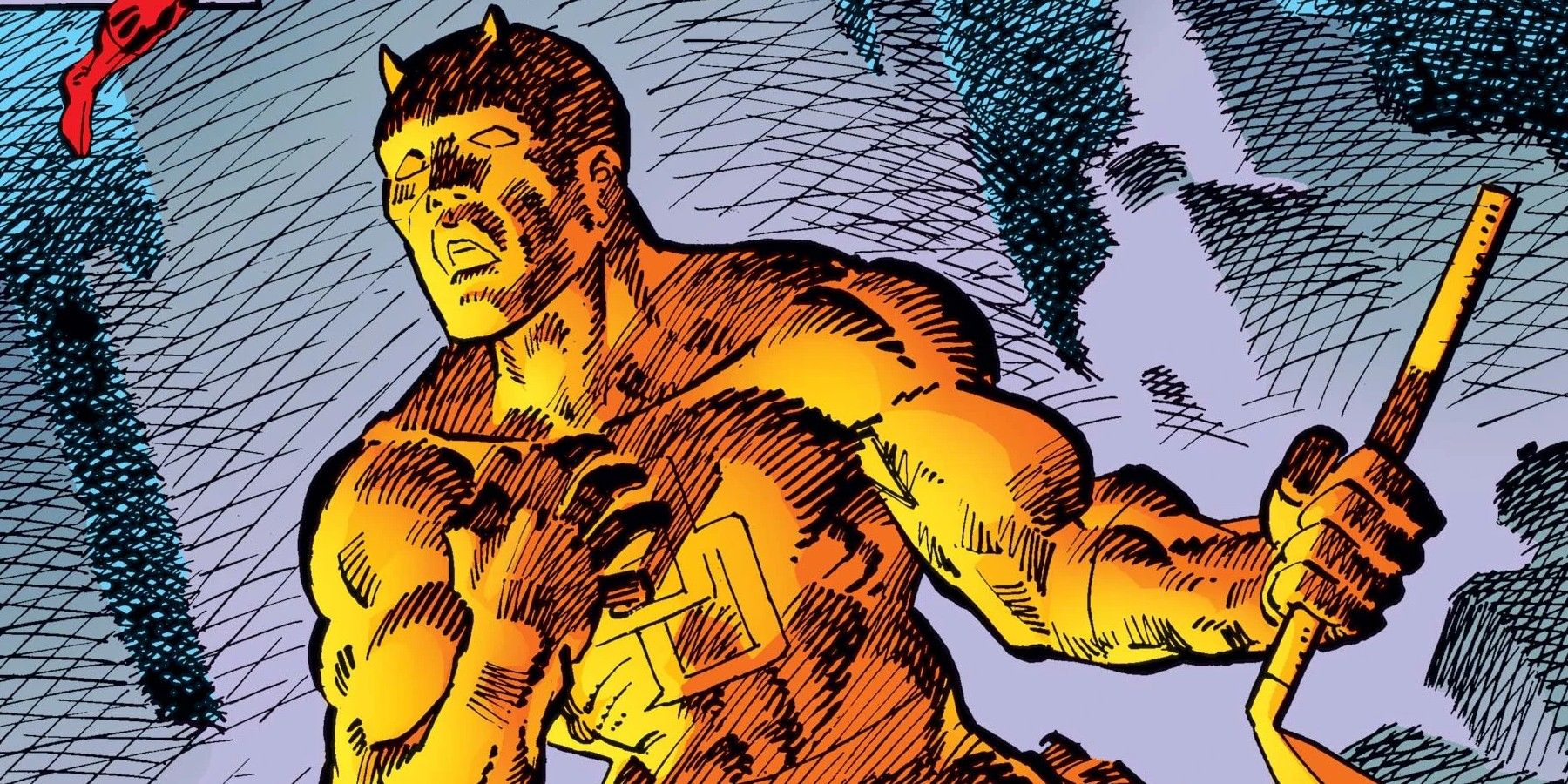
At the best of times, Daredevil comics before Frank Miller were serviceable superhero stories that lacked distinguishing features. At the worst, they read as lesser attempts at a milquetoast Spider-man style comic. This meant that Frank Miller, already the artist of the book, was afforded alot of creative freedom when he assumed writing duties on Daredevil.
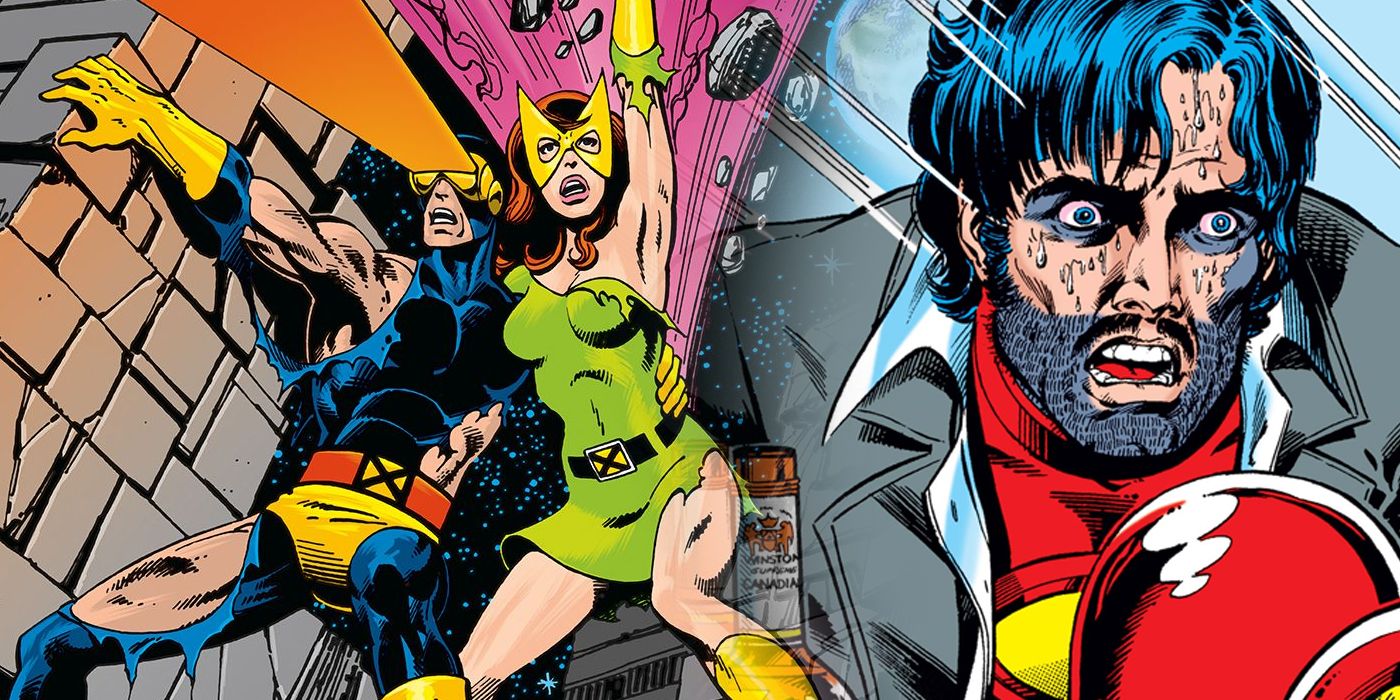
Pulling from Film Noir, the work of Will Eisner, and real-life experience, Frank Miller amplified everything that was working with Daredevil. With the introduction of ex-lover turned assassin Elektra, malevolent ninja cult The Hand, and a new arch-enemy in the form of Spidey-foe Kingpin, the stakes for Matt Murdock had never been higher. Miller’s atmospheric art was amplified to its maximum by inker Klaus Janson, who assumed most of the art duties as the run progressed.
1.Chris Claremont Birthed a Multimedia Franchise From the Ashes of a Dying One
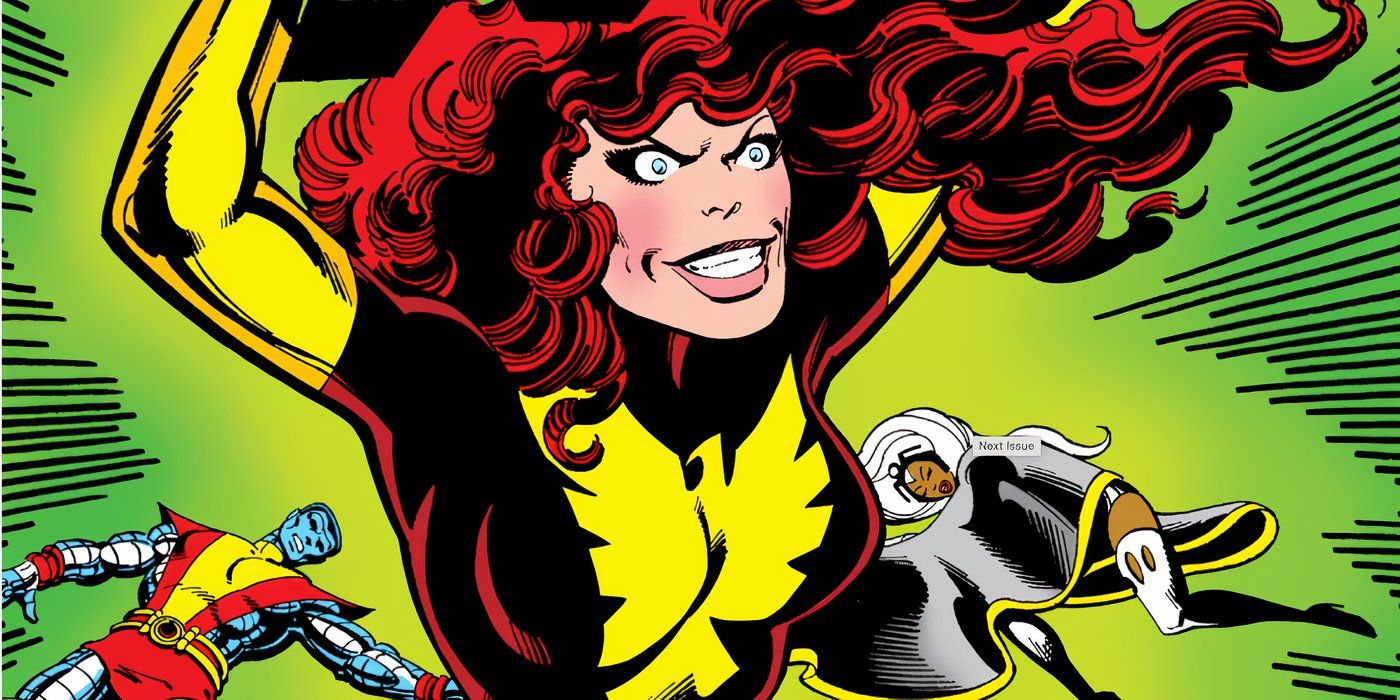
When Marvel released Giant-Size X-Men #1, it was essentially a last-ditch effort to squeeze any worth out of the franchise. Fortunately, fan reception to the new lineup was positive, giving Marvel the confidence to begin releasing new X-Men material. When choosing a writer, Marvel EiC Len Wein had the foresight to offer the job to Chris Claremont, who was relatively a rookie.
Starting with issue #94, that rookie would go on to write the title for 17 years. In this time, Claremont perfected the formula of a superhero comic: deftly balancing action, high-concepts, and interpersonal drama. Claremont’s knack for characterization made new characters like Storm, Nightcrawler, and Wolverine into team mainstays. Alongside artists like Dave Cockrum, John Byrne, and many others, Claremont’s body of work on the X-Men is among the most celebrated in the entirety of the comics medium.
